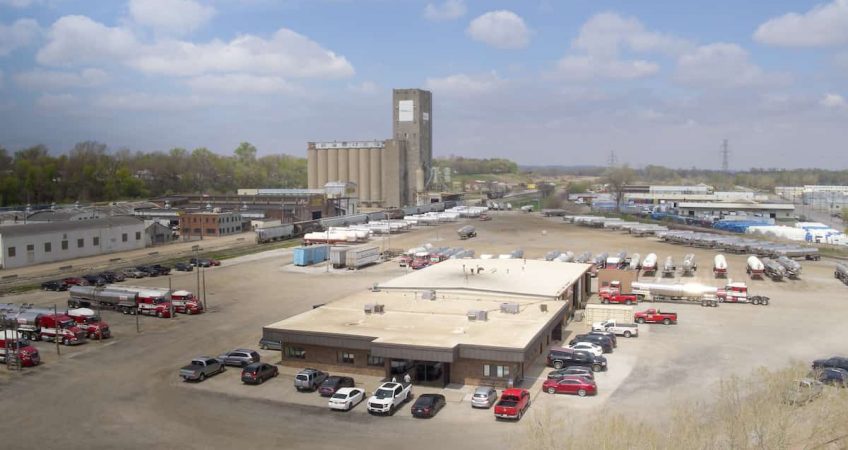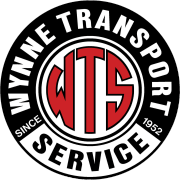
Eleven. That is the average number of Wi-Fi-enabled smart devices in each household in the U.S. Even before the COVID-19 pandemic. These phones, tablets and smart watches are all integral parts of our personal and professional lives.
While there are an estimated 20.8 billion devices connected to the internet in 2020, that number is expected to triple in the next five years. All these devices are creating the need for better, faster and more abundant wireless connectivity.
To enable this, wireless carriers are starting to repurpose older 2G and 3G Code Division Multiple Access or CDMA networks in favor 4G LTE connectivity. For fleets that utilize older in-cab equipment that connects to CDMA networks, this means that their drivers and vehicles will soon see a degradation in coverage before it shuts off for good.
In order to avoid feeling the impact of the CDMA sunsets, fleets must begin to upgrade legacy hardware to LTE-powered equipment. But where do you begin? If your fleet is utilizing CDMA-powered equipment, here are three things you need to know when planning your switch to LTE connectivity:
1. 3G CDMA Networks Are Going, Going Gone
While there seems to be an infinite supply of Wi-Fi-enabled devices, there’s a finite amount of spectrum to go around. The transmission of real-time data and continuous internet connectivity requires networks to be better, faster and provide more coverage. This all boils down to the fact that networks need more bandwidth and frequencies to keep up with today’s – and tomorrow’s – demands for faster, better data transmission.
Think of it like a highway, where frequencies are the lanes. Each lane can only hold so many cars. To continue investing in LTE and the future, carriers must reallocate their portion of the spectrum from CDMA and Global System for Mobile Communications (GSM) to LTE networks, rather than maintaining lagging, obsolete networks that cannot accommodate new technology and faster speeds.
Fleets using legacy devices that are still reliant on these older networks will experience more and more service degradation. And the impact of this will really start to be seen over the next year.
2. LTE Provides Enhanced Connectivity and Enables Increased Performance
The thought of transitioning your fleet to LTE may sound like a hassle on the surface. But the benefits you’ll experience today – and in the years to come – will set your business on a new path of streamlined communication and profitability.
LTE is the next major advancement when it comes to higher bandwidth and lower latency – far beyond CDMA and GSM capabilities. It continues the path of development for long-range technology planning that’s designed to ensure longer-living devices, faster speeds and much better service.
The LTE network available currently is 4G LTE, which is highly available nationwide and offers higher bandwidth and improved network responsiveness. This network is built to last for the long run – the sooner you make the switch, the better off you’ll be.
3. Not All Fleet Mobility Providers Are Created Equal
Speaking of the long run, it is imperative that you consider your fleet’s long-term goals when deciding to make the switch to LTE. This includes asking your fleet mobility provider about how their current solutions can help you not only avoid feeling the effects of the CDMA sunset but how they can scale alongside you as your fleet – and technology – evolves.
When contemplating a move to LTE, it is important to ask your fleet mobility provider about topics such as:
- What is the most advanced network currently available through your solutions?
- Do your devices provide a seamless experience across North America?
- Do you provide a fully managed and monitored solution?
- Do you offer integrations to critical back office systems and platforms?
- Do you enable continuous hardware upgrades to help us stay on top of continued technological advancements?
- Are you engaged with wireless carriers to continually evolve your solutions for the latest network improvements?
